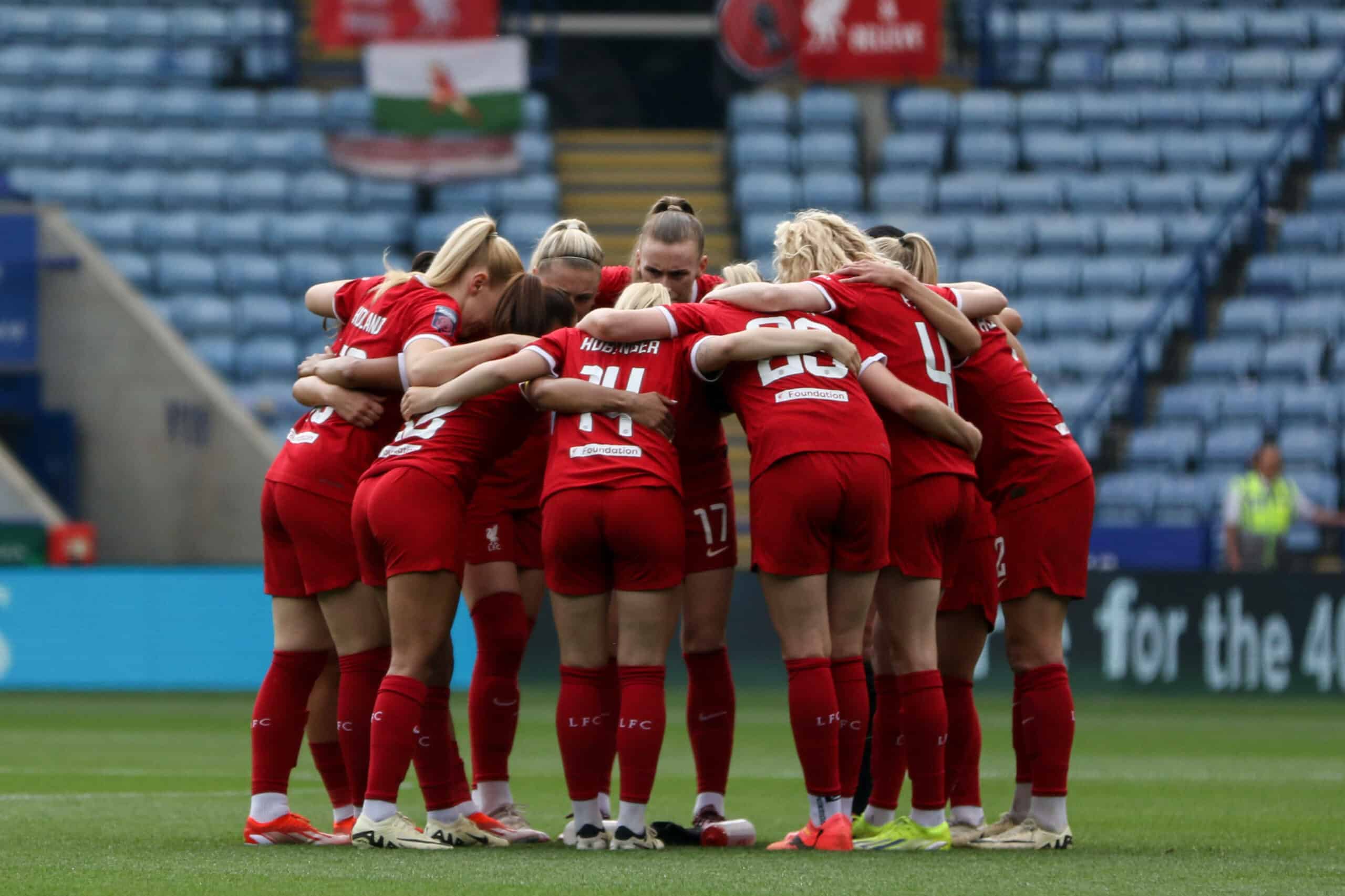Matt Beard’s Liverpool: Rising in the Women’s Super League
Liverpool’s Strategic Moves Under Matt Beard
When Matt Beard retook the helm at Liverpool in May 2021, few anticipated the remarkable trajectory the club would chart in the Women’s Super League. His initial tenure culminated in back-to-back league titles in 2013 and 2014, setting a high bar. However, upon his return post-2020 relegation, the objectives were markedly moderated. From a strategic survival in their top-flight return to an unexpected top-four finish last season, Liverpool has surpassed expectations.
“It’s going to be tough,” Beard admitted. “I think we overachieved last year. I knew the players we were bringing in last year were good players, but I know the WSL is a tough league to settle into. I feel they surprised me, especially the younger ones.”

Securing Top Talent on a Budget
Despite Liverpool’s iconic status in football, their financial leverage in the women’s game does not mirror that of their rivals. This limitation has led Beard and his team to hone a keen strategy in player recruitment, focusing on sustainable growth and careful financial management.
One recent standout acquisition is Canada’s starlet Olivia Smith, who joined for a club-record £210,000. Alongside Smith, Swedish striker Cornelia Kapocs and Wales defender Gemma Evans showcase Liverpool’s prudent yet potent market moves.
Beard attributes their successful recruitment to strong agent relationships and a detailed, data-driven approach. “First of all, it’s about having good relationships with agents,” he said. “If you look at every club I’ve been at, we’ve never been blessed with a big budget like your top teams, so you’ve got to work that little bit harder.”
Developing Talent and Leveraging Data
Liverpool’s strategy extends beyond mere recruitment. Beard’s philosophy involves nurturing talent, leveraging his track record with players who have ascended to significant heights under his guidance. The club’s approach is backed by a robust analytical framework, though Beard acknowledges the burgeoning role of data in women’s football.
“We work hard at it and we watch a lot of footage. We have specific stuff we look at and specific data to see whether they fit with our style and model. There’s a lot of work that goes into it,” Beard explained, highlighting the nuanced use of data in evaluating talent across various competitions and scenarios.
A New Chapter in Liverpool’s Storied History
Off the pitch, Liverpool’s infrastructure developments echo their ambitious plans. The team moved into the AXA Melwood Training Centre and shifted their playing venue to St Helens, a red territory aligning with the club’s identity, away from the blue-dominated Tranmere.
“We’re in Merseyside now, not on the Wirral,” Beard elaborated. “Tranmere’s ground is blue, we’re a red club. St Helens is red.”
Moreover, the commitment to host more games at Anfield signals a strategic push to enhance fan engagement and capitalize on the growing appeal of women’s football, a move mirrored by successful examples at Arsenal and Aston Villa.
With the tactical nous to pull off stunning victories against top teams like Arsenal, Manchester United, and Chelsea last season, Liverpool under Beard has shown they can compete at the highest levels. Despite the constraints, their shrewd approach to recruitment, development, and infrastructural investment paints a promising picture.
As Beard succinctly puts it, reflecting on the pressure of expectations after a stellar season, “There’s no pressure on us.” With each season, Liverpool continues to evolve, aiming not just to compete but to redefine their standing in the Women’s Super League.




